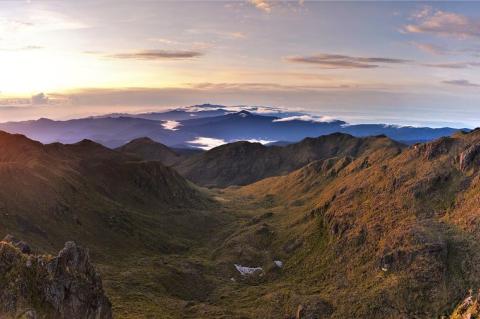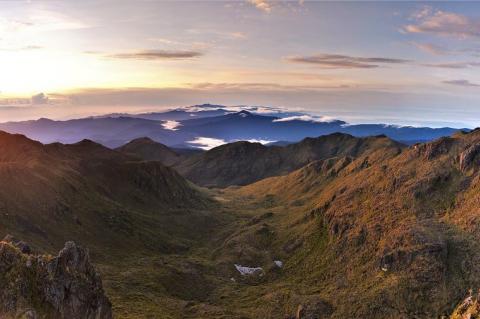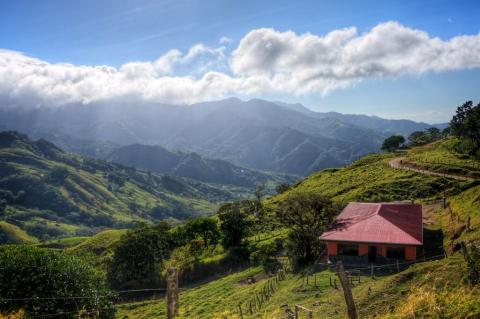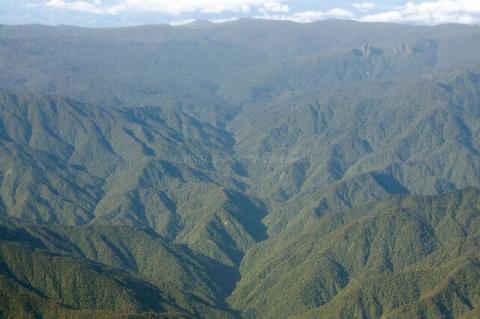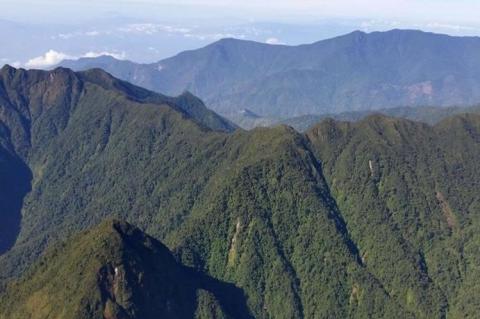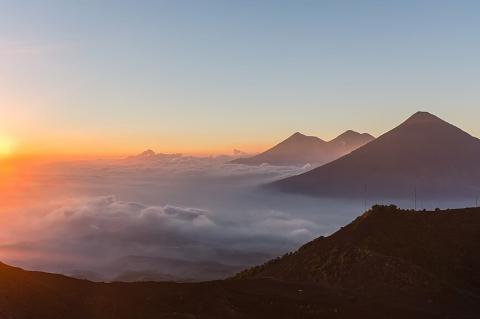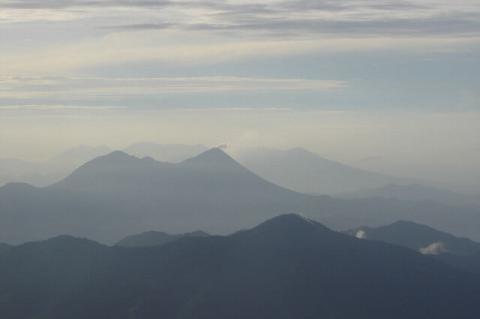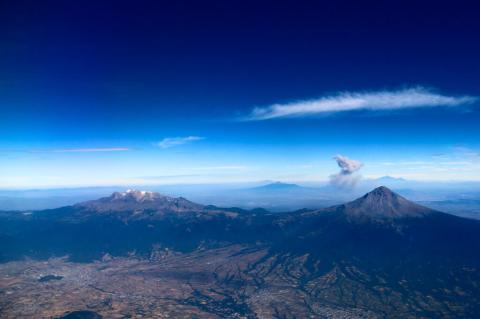Central America's Mountain Heritage: From Volcanic Heights to Cloud Forests
Central America stands as one of the world's most geologically dynamic regions, where the collision of tectonic plates has sculpted a dramatic landscape of towering peaks, active volcanoes, and rugged mountain ranges. Stretching from Belize in the north to Panama in the south, these mountainous terrains form the backbone of the Central American isthmus, creating diverse ecosystems that harbor extraordinary biodiversity while shaping the climate, culture, and economy of seven nations.
